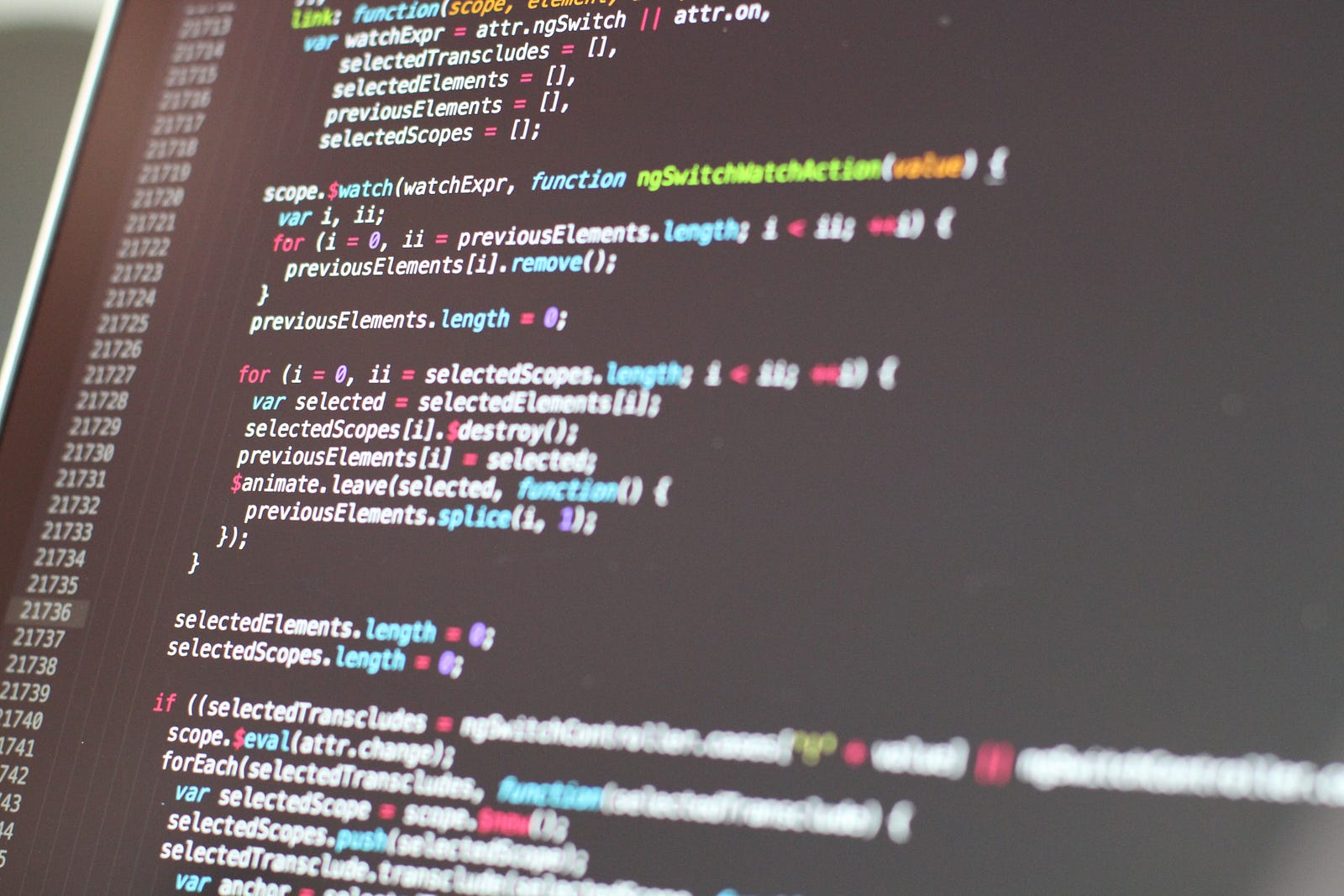Imagining Blockchain for Social Good
Technology provides transparency while bridging ‘trust deficit’

As I’ve noted before, we are at the beginning of the blockchain revolution—a technological opportunity capable of distributing power back to the people.
Blockchains are distributed digital network systems that harness the decentralization of the internet’s infrastructure in order to distribute and log transactions. For this system to work, there is a single public ledger for all blockchain systems that is free for all connected nodes to access. Rather than belonging to a singular governmental institution, the ledger belongs to all the users connected to it.
As Black Cactus Blog points out, the ultimate goal is to create a decentralized environment where no third party is in control, so that all transactions are free and open.
Blockchains create an immutable chain of custody for a record created and controlled by a community. Private key cryptography authenticates users and marks every contribution on the chain as a unique transaction, providing a technological form of verification that short-circuits traditional institutions. This kind of technology not only provides recorded proof of material goods, but recorded proof of personality identity: the authentication of a person’s existence, which impacts everything from education to voting.
Blockchain technology has the potential to revolutionize refugee and identification systems, providing a digital verification system for the 1.5 billion people unable to prove their own identity. Due to war, famine, and other events affecting population shifts, global displacement is driving a lack of identity proof that leads to migration issues including human trafficking, child abuse, and lack of citizenship.
Through a distributed blockchain technology system directly accessible by refugees and immigrants, identity services become available to all people, anytime, anywhere. Instead of being stored on centralized corporate servers (ripe for hacking), cryptographic hashing and blockchain technology allow personal information to be stored securely on a decentralized ledger.
However, personal identity isn’t the only realm in which blockchain can be used for social good. The nature of such a system creates more transparency and accountability within all types of transactions. According to Deloitte, trade, bank operations, land and business registration, voting, and health care are other areas that provide the potential for blockchain adoption.
Take Aid:Tech, the first company in the world that successfully delivered aid to Syrian refugees transparently using blockchain technology. This involves delivering digital entitlements and addressing other challenges including social and financial inclusion through blockchain solutions.
But how does blockchain actually work in such a manner? It works by addressing inherent trust deficits that have developed in our society. Blockchain is not just a distributed ledger, but a distributed consensus ledger through which trust is created by a collectively agreed-upon consensus protocol. A digital ledger of trusted transactions is maintained among and across all participants, creating trust between online strangers with regards to any and all digital transactions.
The technology is complicated, but the premise is simple: the blockchain establishes trust between independent parties and allows those parties to share trusted information — without any intermediary institutions.
As further pointed out by Savita Singh, Blockchain’s true value lies in 1) disintermediation and 2) bridging the trust deficit. “Blockchain,” she points out, “with its immutable ledger, full traceability and single source of truth builds transparency.”
With this kind of technology, it becomes possible to imagine blockchain enabled digital self- sovereignty, “architected and encoded in a system that distributes authority so that it cannot be overdetermined by powerful social actors at the expense of individuals.” Without a central authority, users can generate their own keys, and share with the entities of their choosing. Blockchain’s infrastructure, beyond the control of any individual or group of individuals, creates a “jurisdictional space” that maintains individual privacy but also preserves traceability for verification purposes.
With blockchain, it’s the best of freedom, traceability, and privacy. Exemplified by a new app, Edge, the ledger’s ability to provide the record of provenance and transfer of ownership of an asset (whatever that may be) emphasizes data security and truth. Enigma is also hard at work driving scalable privacy and security for every blockchain centered with a strong belief of a decentralized future. As the company notes, “By enabling secure, decentralized data computation and exchange, Enigma allows blockchains to truly fulfill their powerful promise.”
We will be able to prove provenance of x when y as an institution no longer exists — all because blockchain technology provides an “indisputable”verification mechanism. As Blockcerts, the open standard for creating, issuing, viewing and verifying blockchain certificates, asserts — we are entering a new infrastructure of trust.
